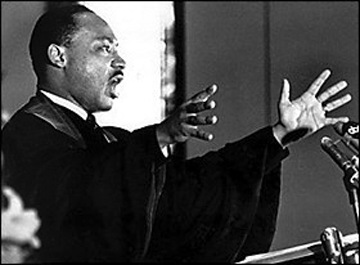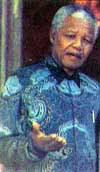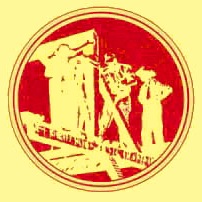





We have been used to thinking of architecture—cities, streets, houses, apartments, gardens, classrooms—as being functional or not.
The much deeper connection to our own freedom, is the most basic issue.
Each us struggles; and we hold precious our freedom. Hard to define, it is nevertheless the most precious aspect of our social existence, and the most vital obligation of society—to provide us with this freedom.
It means being free to think as we wish, to act as we wish, to educate our children as we wish, to dream of improvements, to be free to love our families, freedom to work, freedom to learn, freedom to have health, and education, freedom to worship, freedom to BE , to exist spiritually as we are, freedom to become better.
All these ideas are wrapped up in the notion of freedom. Many political battles have been fought in the name of freedom; France, The United States, …. And it continues to this day in Northern Ireland, Palestine, among the aborigines of Australia, , the United States,…
Some of the most precious documents in history, have been written, and made law, in the name of freedom: The Magna Carta, the US Constitution and the Bill of Rights, Lincoln's Gettysburg address, the Communist Manifesto, ….
Strangely, though, many of these documents were written, and enshrined, during periods when population density was low, the right of a person to a piece of land, was often available, the right to live in an environment, that permitted freedom of thought and freedom of spirit was available without effort… what was not so easily available were food, health, medical care, …
Today the situation is greatly changed. Population density is enormous; the earth's ecosystem hangs in the balance; people's living conditions are clean and well built sometimes… but the right to life a right of spirit, the right to have a coherent world view… these things which existed easily in earlier times, now do not exist so easily.
It has become commonplace to recognize that in our new era, we need guarantees about clean water, clean air, freedom for and protection for animals and plants…
Thus the balance has shifted toward the physical world, …its character, its structure….
Daylight, noise, square feet of living space, the right to self determination within your dwelling, the right to self-determination in your neighborhood, …
The right to one's own cultural reality… the right to one's opinion and the right to express that opinion, ….
The right to free association, to congregate with others as one wishes, the right of assembly, ….
The right to sleep in a public place… the right to be there with or without money in one's pocket, …
CBS building late 1950s, Harrison and Abramowitz, had curtains fixed, even photos of family were not allowed on desk. …
Although we may take our rights for granted, there are many pungent examples which show us that these freedoms are in fact NOT available in many areas of life….
But there are, also, much deeper issues of freedom… real spiritual freedom occurs under certain conditions, and is inhibited under other conditions… Even Jack Kerouac's On the Road described a way of freedom, intellectual freedom, which was possible in 1950, and almost impossible today, 50 years later… Explain…
To achieve these freedoms, to be a truly liberated person, the world needs to be finely tuned, shaped to allow us this freedom, shaped to avoid the tyranny and totalitarian condition imposed by the roads and buildings which blatantly prevent the subtle freedoms that the human heart requires…
It is a long road. Much of architecture, building design, the politics of building, the construction process, the contracts, use of money, power over land, setting of constraints in different zones of the environment, decision making, control over space… all this is at stake… and it is so deeply buried that the entire system of architecture and planning has grown up with a set of assumptions that in fact contradict and deny these freedoms to people in the most everyday sense… Examples, desks in Wurster hall…
Belonging… or not-belonging…!
We are trying to make the tools needed to build freedom, available to anyone who wants them, and who, by using them, will help make the world better for themselves, and for the rest of us. If you believe in this idea, please consider becoming a member of patternlanguage.com, and help us to grow a global community so that we can help one another.
We CAN have a world of cities which is beautiful, useful, good to live in, and where children, animals, plants, flowers, trees, insects, and men and women can live in harmony.


